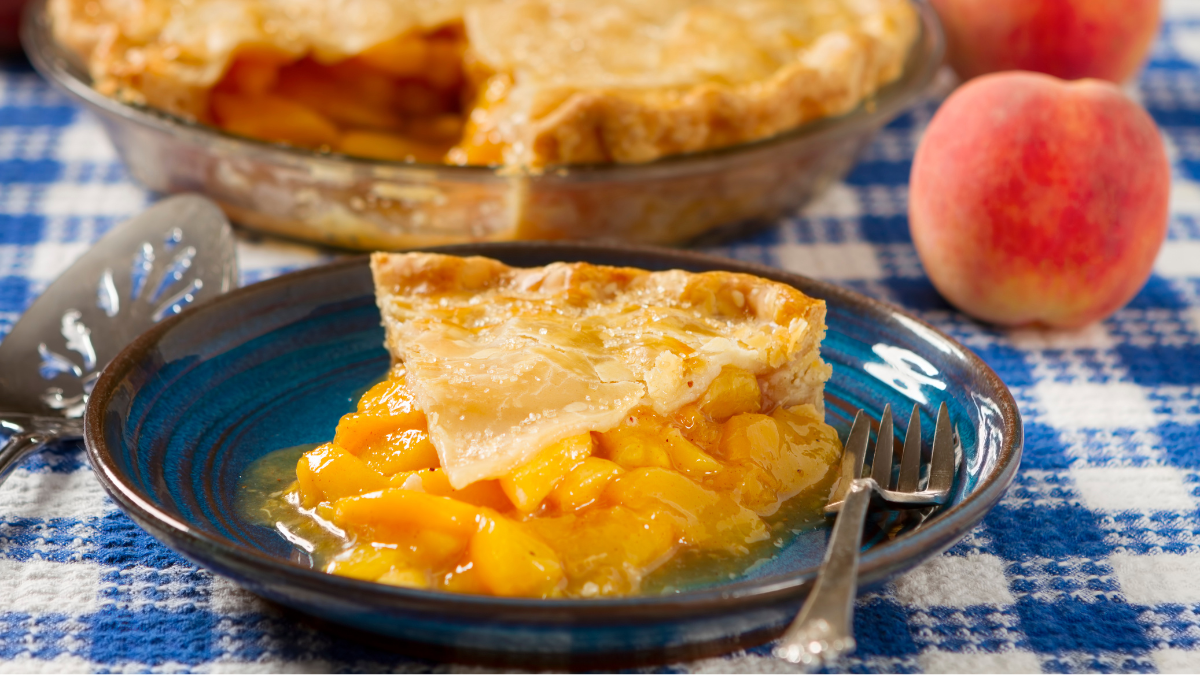There’s no better way to celebrate the special women in your life than by creating…

Food Trend Fails of 2018
Food lovers often focus on what is up and coming in the food industry. The world of food is constantly changing and evolving, so keeping up with food trends is a full-time job. Whether it’s Boba soft serve, charcoal croissants, or cocktails on fire, something new and innovative is always around the corner. But what about the trends that don’t succeed? 2018 was a year full of food trend fails, so here are just a few trends that didn’t quite make it big.
Mocktail Fails
Everyone loves a good cocktail, but what about mocktails? Mocktails are non-alcoholic mixed drinks but calling these drinks “mocktails” is the first food trend fail. The word “mocktail” is inherently saying that these drinks are imposter versions of cocktails, which is definitely not the case.
Naming these drinks as mocktails is a failure to recognize the creativity and ingenuity of the bartenders that come up with these drinks—these are delicious beverages that should be able to have their own category.
The good news is, fixing this fail is easy—and many bars and restaurants have already elevated their presentation. Instead of diminishing their non-alcoholic drinks, there is a new fun category of names to let the sophisticated ingredients and drinks shine on their own.
Fast Food Fails
Fast food is out. Casual and fine dining are totally in.
The fast food industry is fighting as hard as they can—fast food social media accounts are constantly trying to stay relevant and find new ways to entice customers, but their tactics just are not working.
A new era of casual and fine dining now reigns supreme, and it is not hard to see why—casual and fine dining gives customers the opportunity to dine in cool and comfortable atmospheres, with menu items that are thoughtful and composed. Who wants greasy bag of food from a drive through when you can sit down and dine on an impressive meal in style?
Casual and fine dining also gives the opportunity to sit down with friends or family and connect over a nice meal. With so many incredible casual and fine dining options, it raises the question, why would you ever get fast food?
Diet Fails
2018 was a year of diet fails, and it is easy to see why that is the case. More and more restaurants are implementing specialized pastry programs, which means some restaurants now have house-baked bread, house-made cakes, house-made pastries, and so much more. While customers were once able to say no to prepackaged rolls and desserts, the allure of freshly baked sweet confections is just too strong.
Diets put up a good fight, but they were no match for the restaurant industry. With the decadent aroma of freshly baked treats swirling around a restaurant, who could resist?
Food Waste Fails
Food waste is a thing of the past. Sorry grocery stores, people no longer need to buy that extra bag greens to add to their daily morning smoothie when they can just cut the top off their beets to throw into the blender.
There are tons of ways to use leftover food. For example, leftover bones can make savory, versatile broths, stale bread can be transformed into croutons or bread pudding, and citrus peels can be zested and used almost anywhere.
More restaurants are now utilizing root to stem cooking, which means that food waste is being greatly reduced. Less food waste means that the restaurant is being more environmentally friendly. On top of composting, rooftop gardens and other innovations, when food waste fails, the earth wins.
Micro-Seasonality Fails
The last food trend fail of 2018 is micro-seasonality. When trying to produce quality dishes, the seasonality of ingredients is an important consideration—for instance, why would you buy a tomato in December when they won’t taste nearly as good as when they’re at their peak in August?
To get around this problem, some restaurants have started to shift their menus according what’s in season and working with local markets to obtain the freshest ingredients. Some restaurants take this even further, and build their own urban garden to ensure that they end up with the highest quality ingredients possible.
In the end, 2018 was a year of many food triumphs, and just as many food fails. While not every trend took off, each fail teaches the restaurant industry something new. Whether it is being environmentally friendly, giving recognition to a bartender’s ingenuity, or succumbing to the temptation of a freshly baked in-house dessert, these food fails constantly improve the restaurant business and keep it moving forward. With the year coming to a close, it will be exciting to see what kind of food trends, and what kind of food trend fails 2019 will bring.


